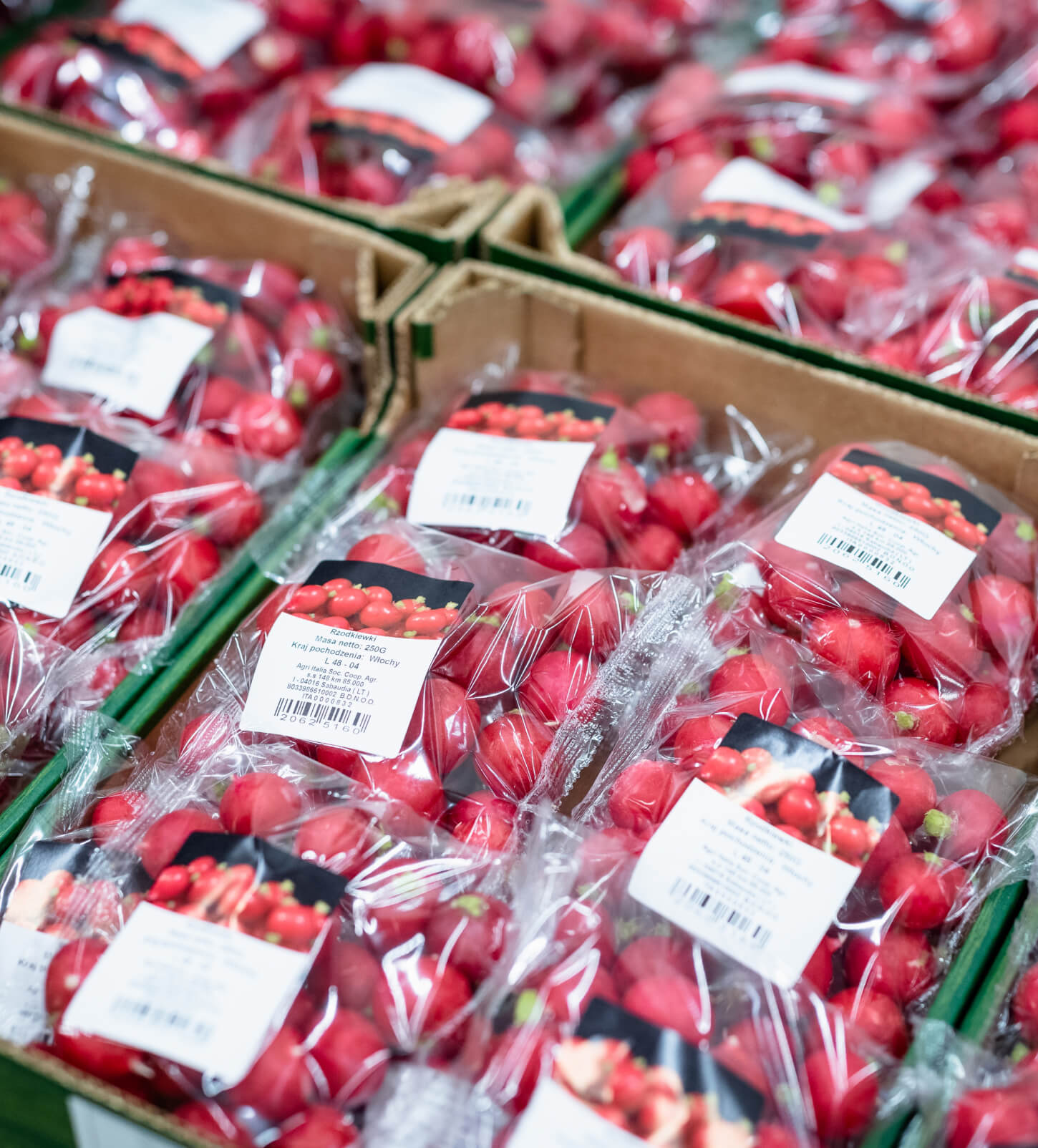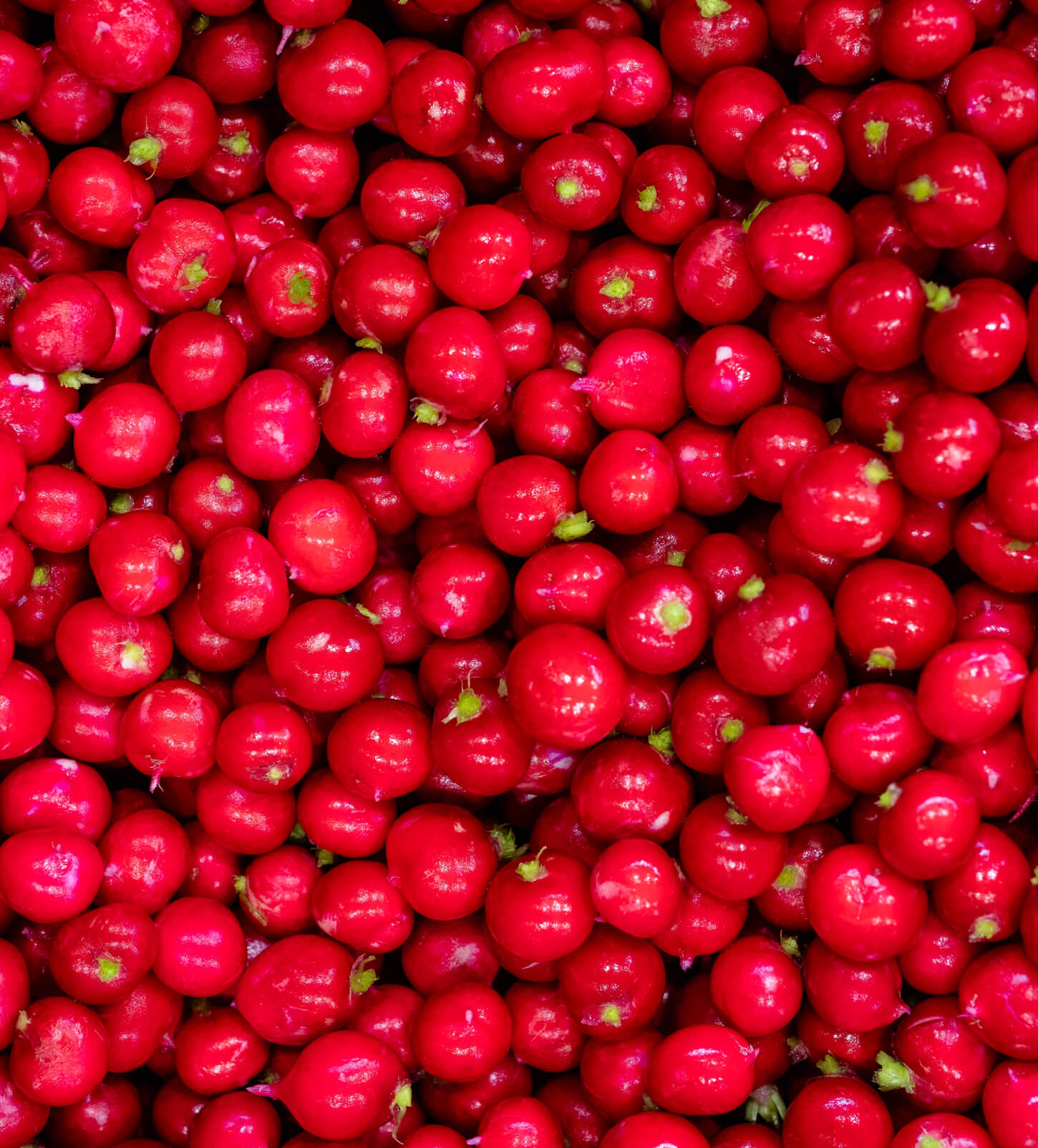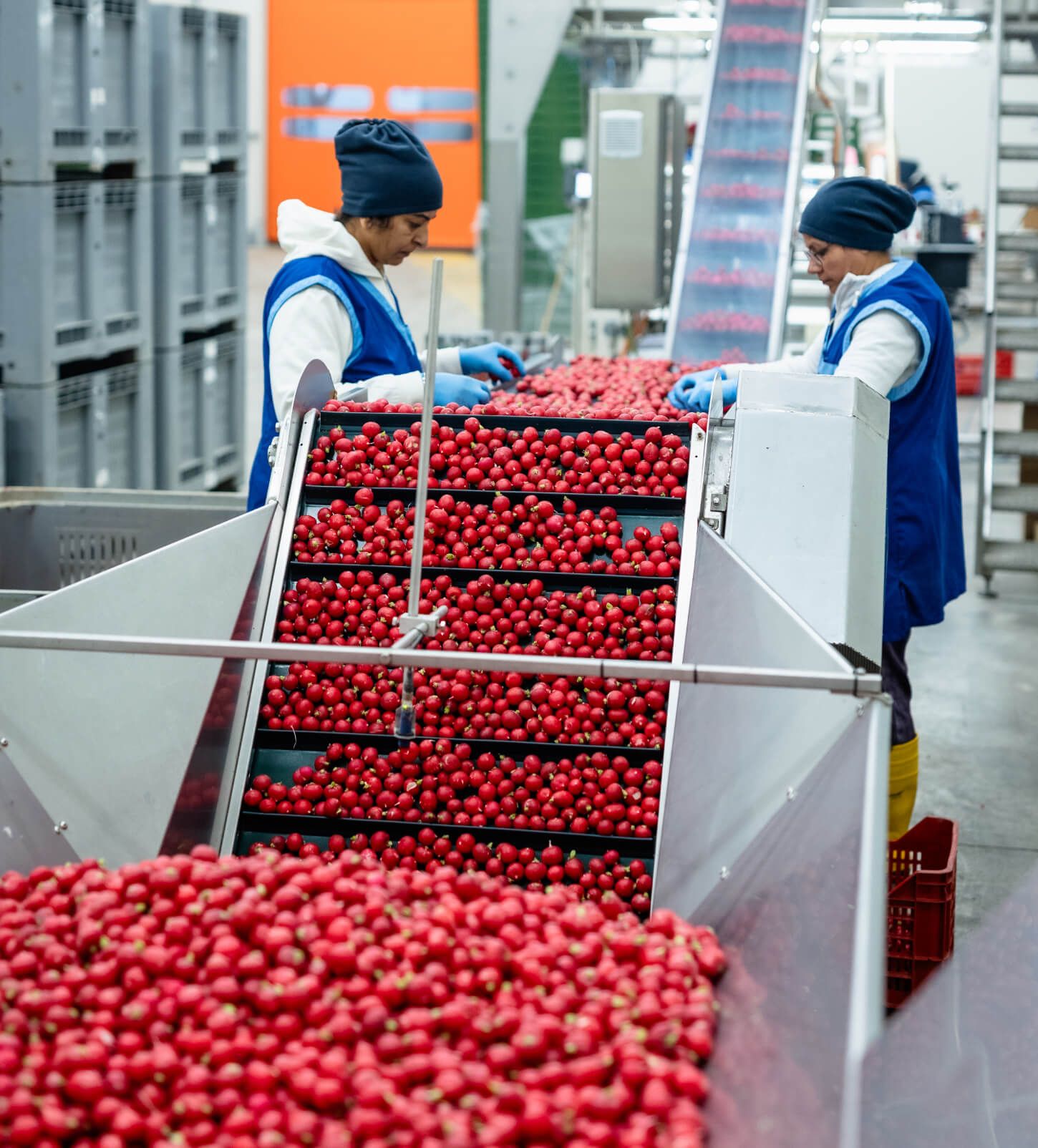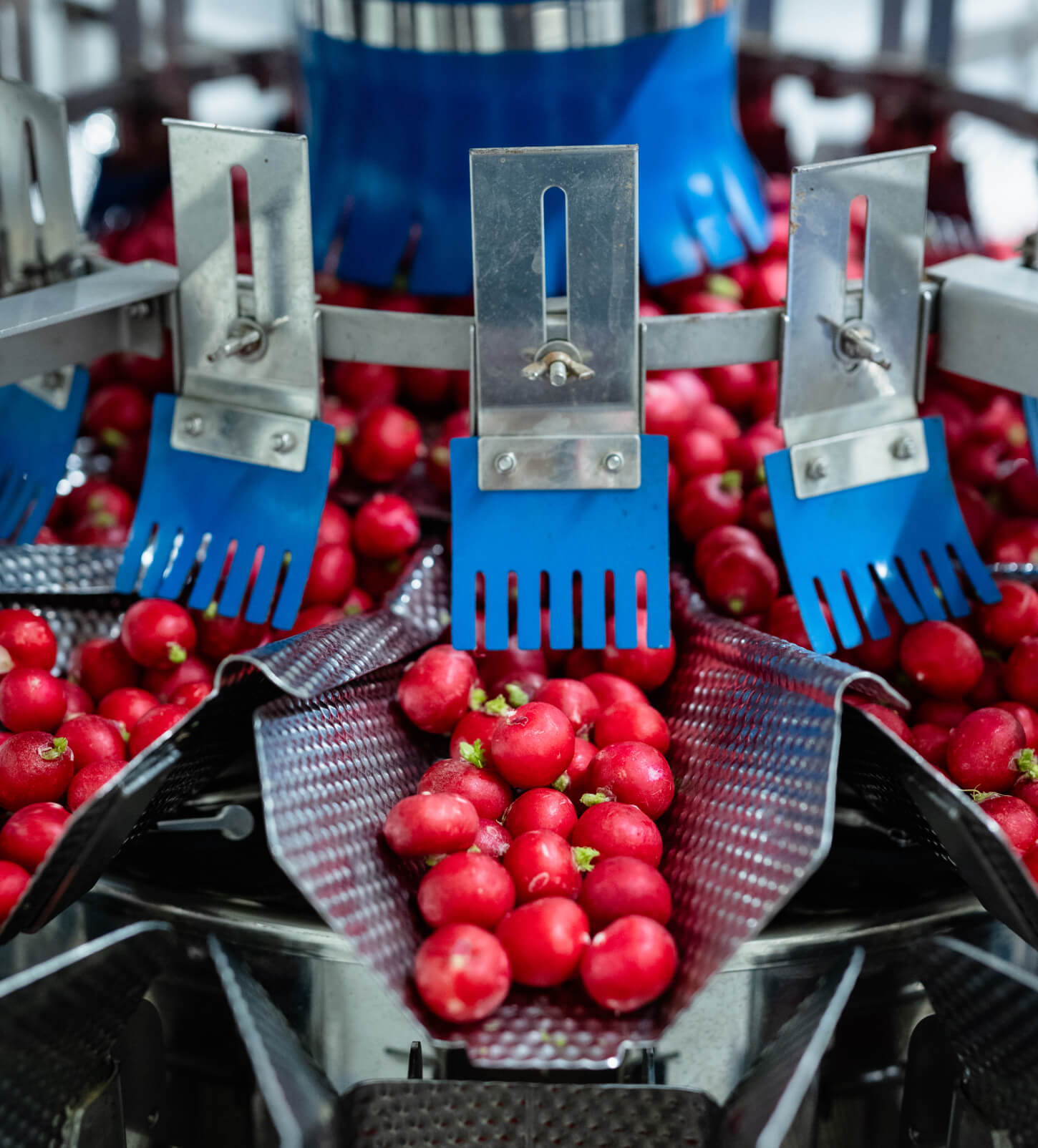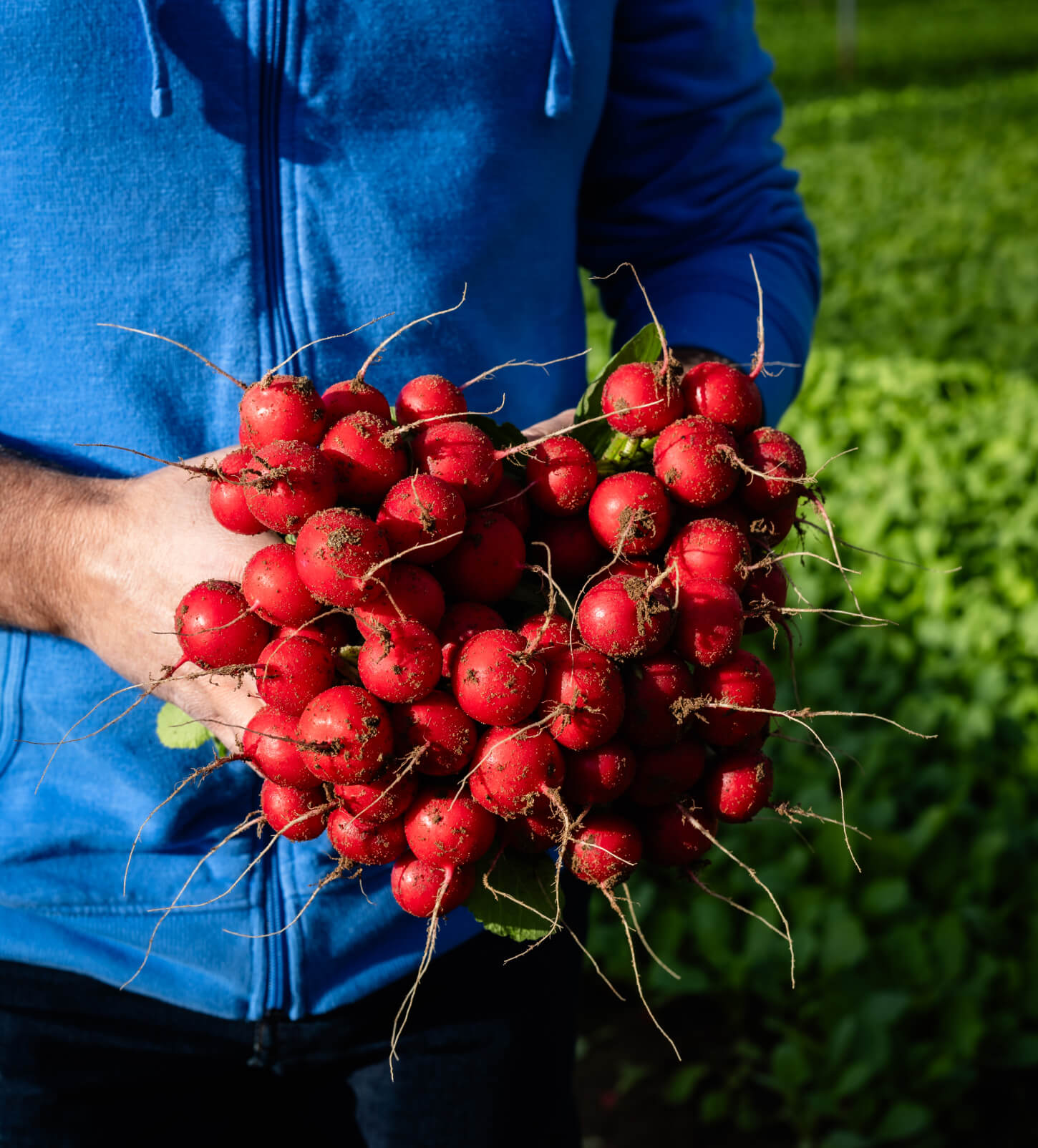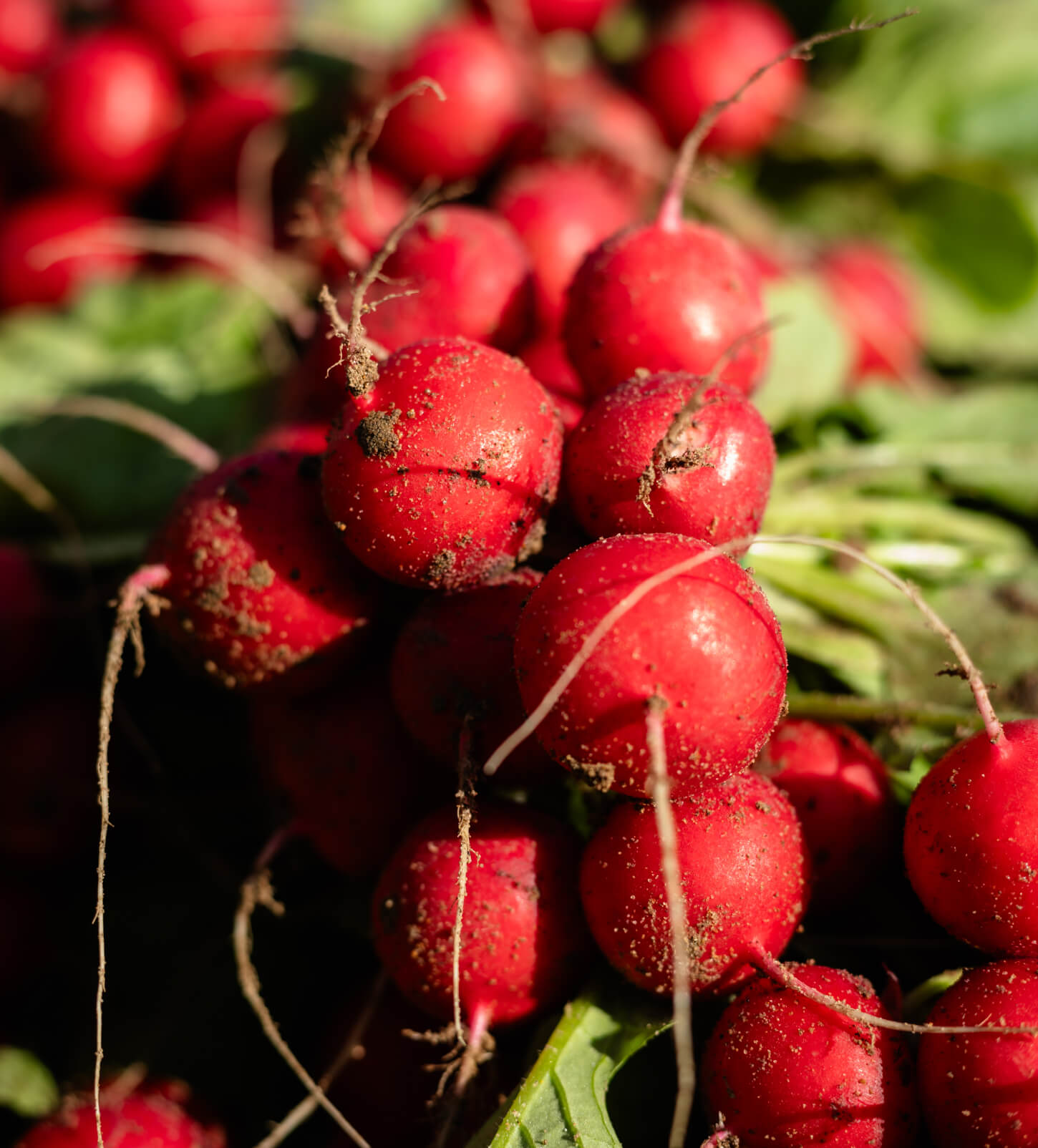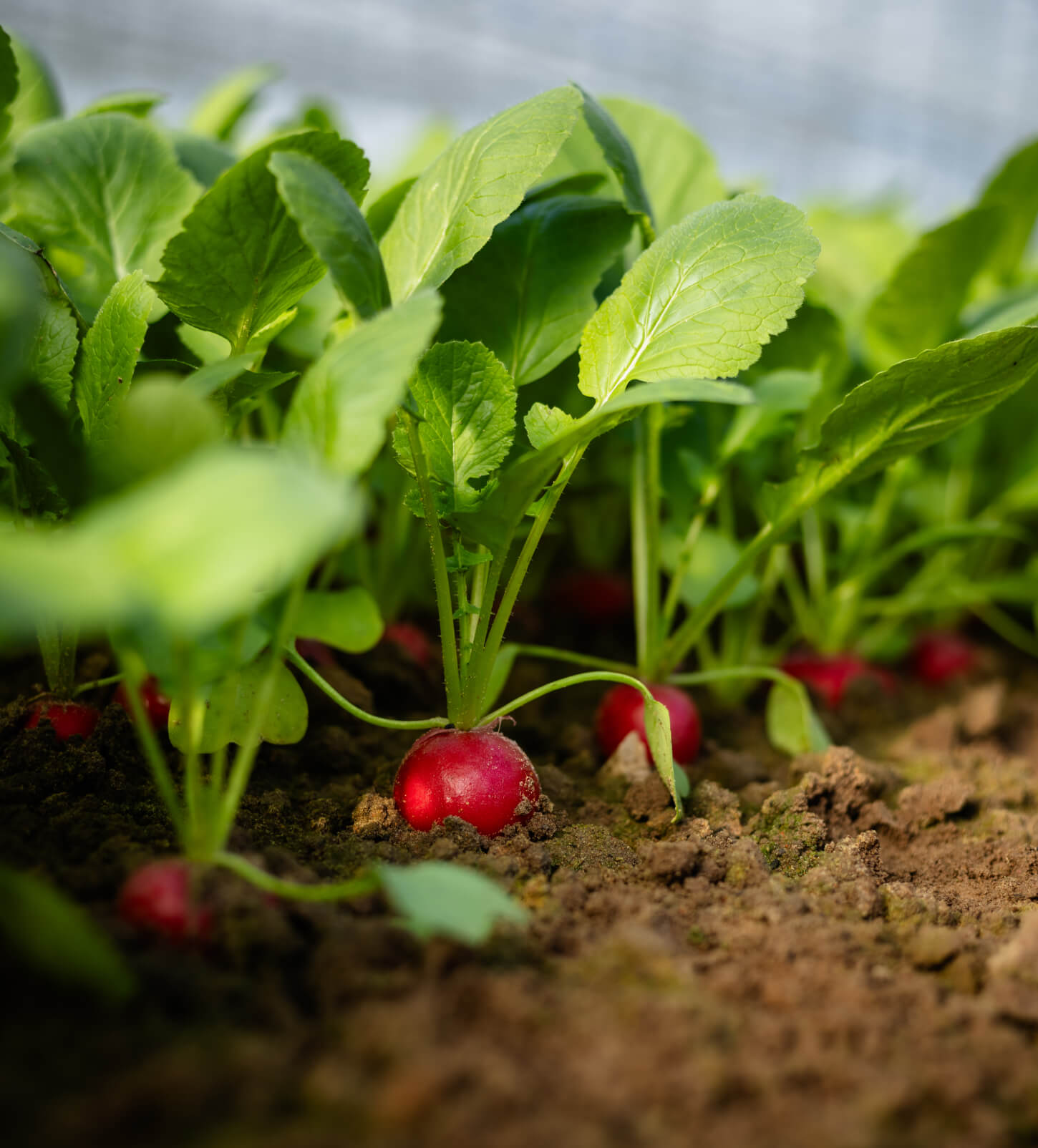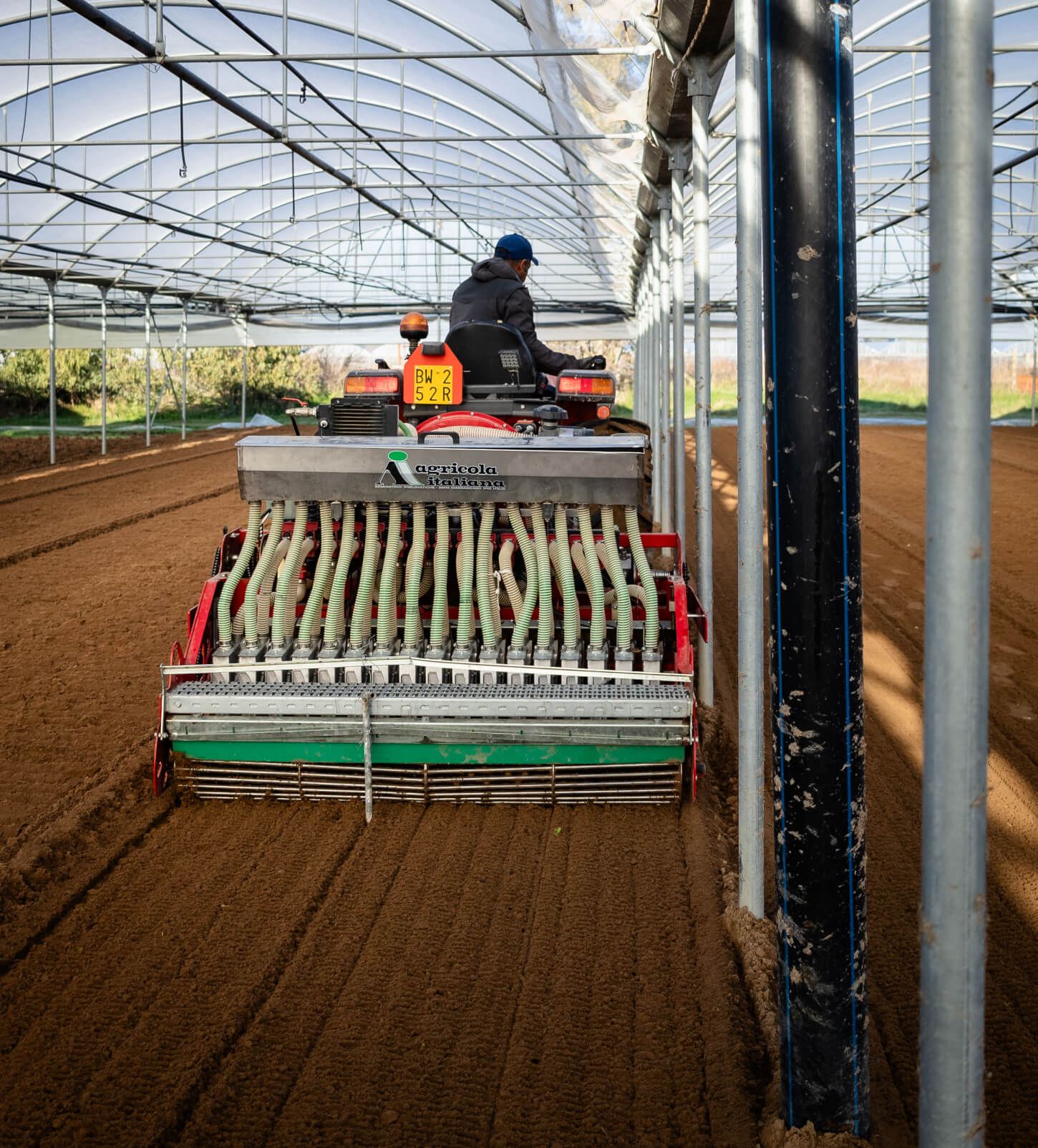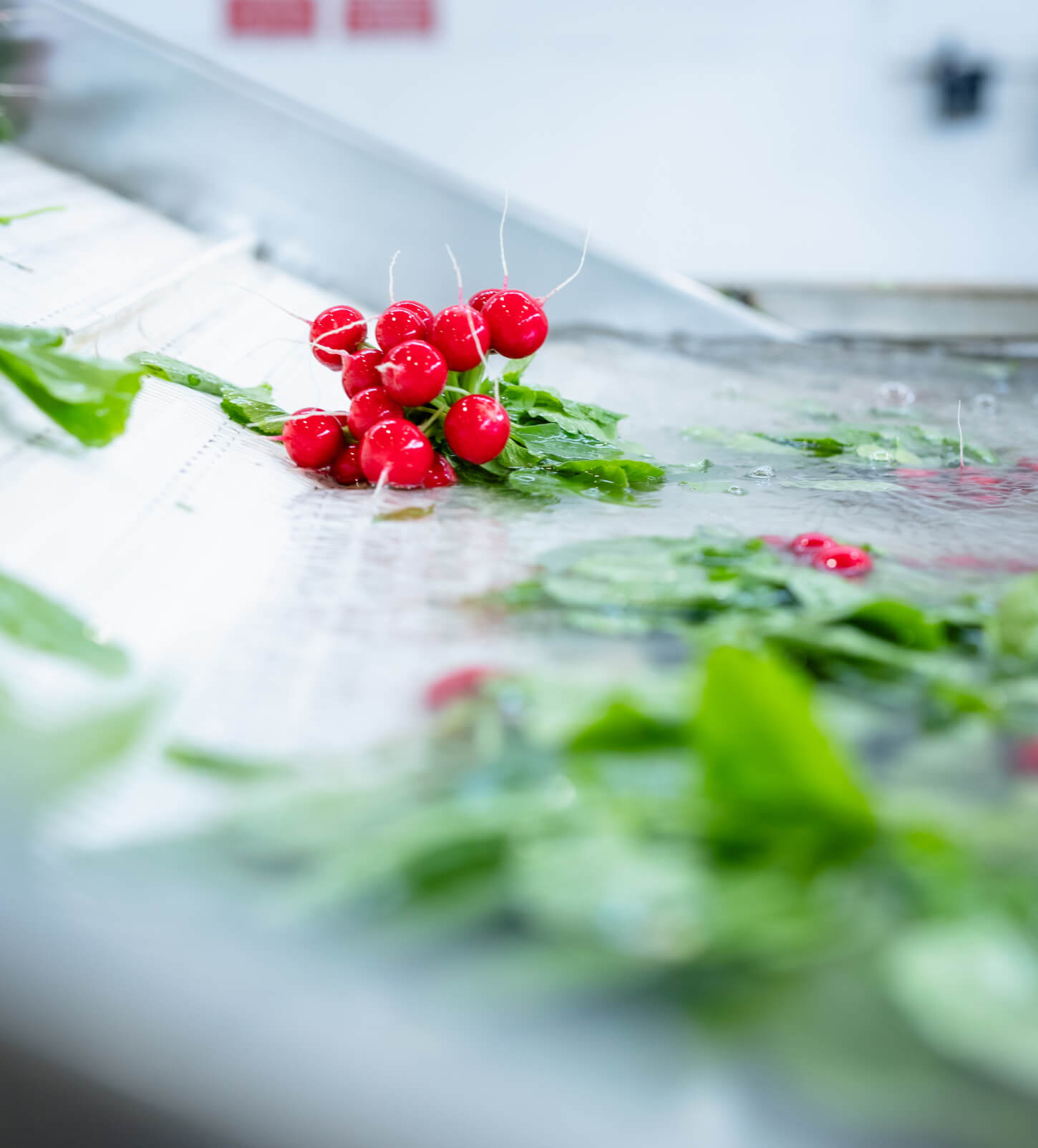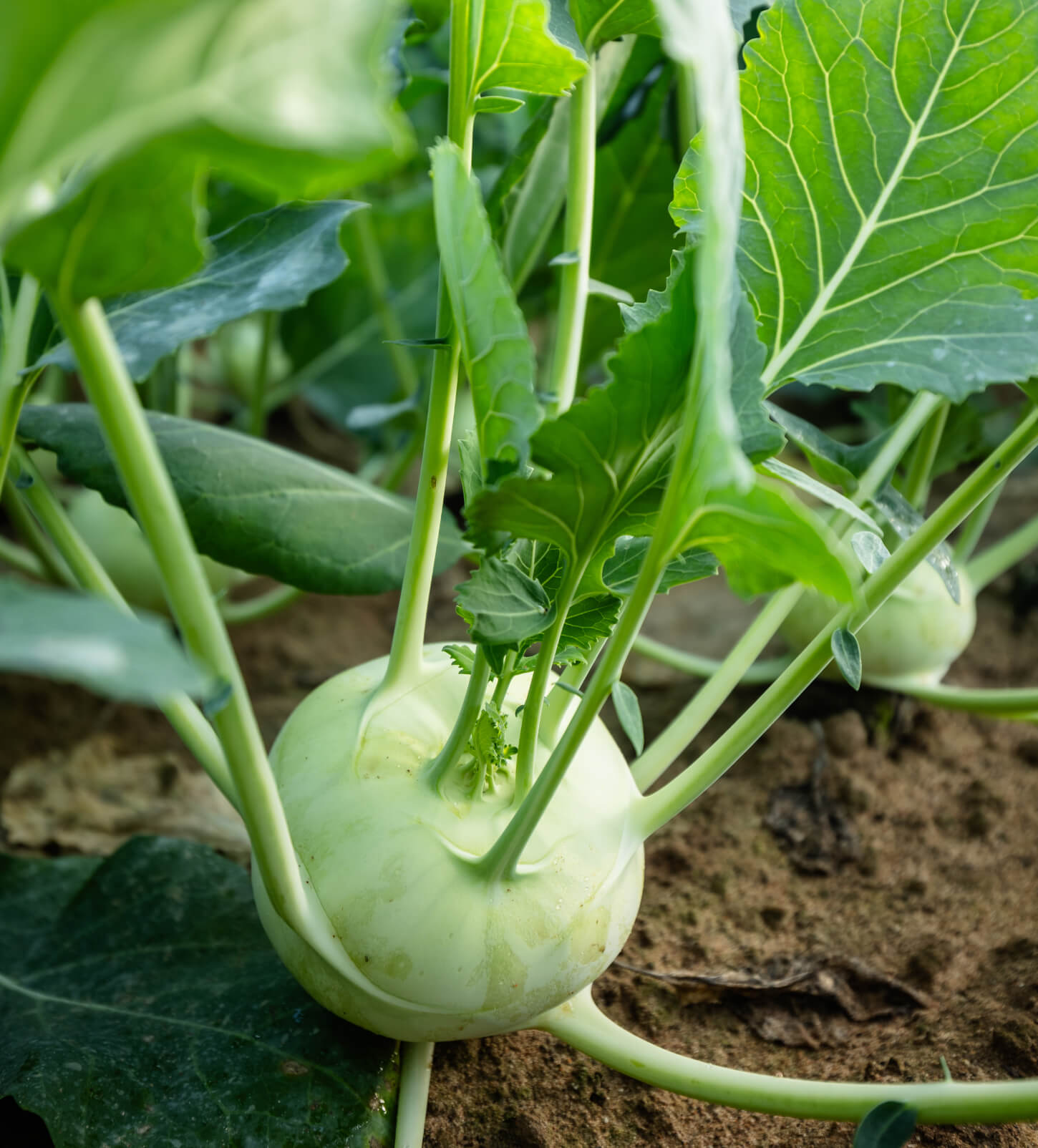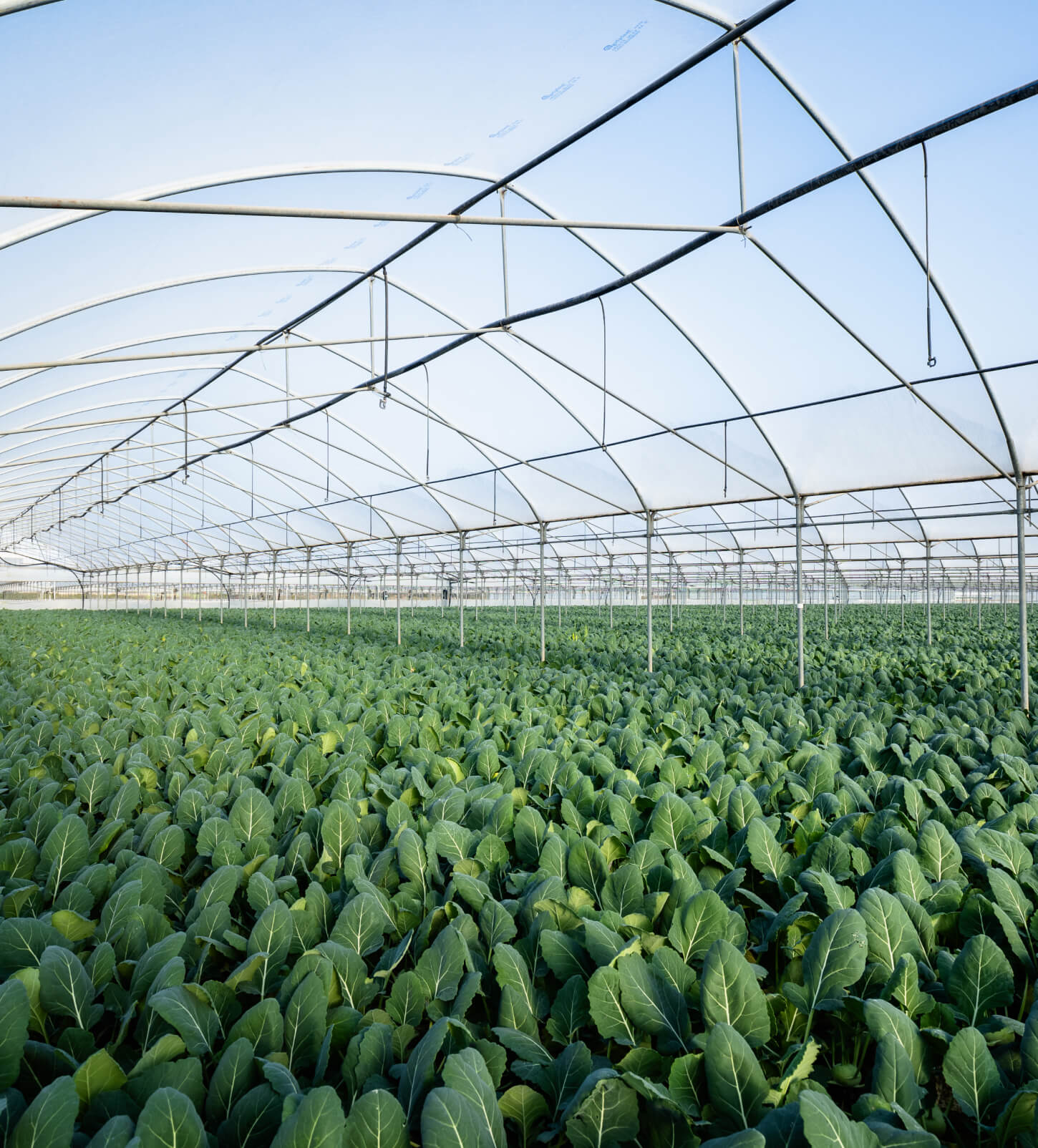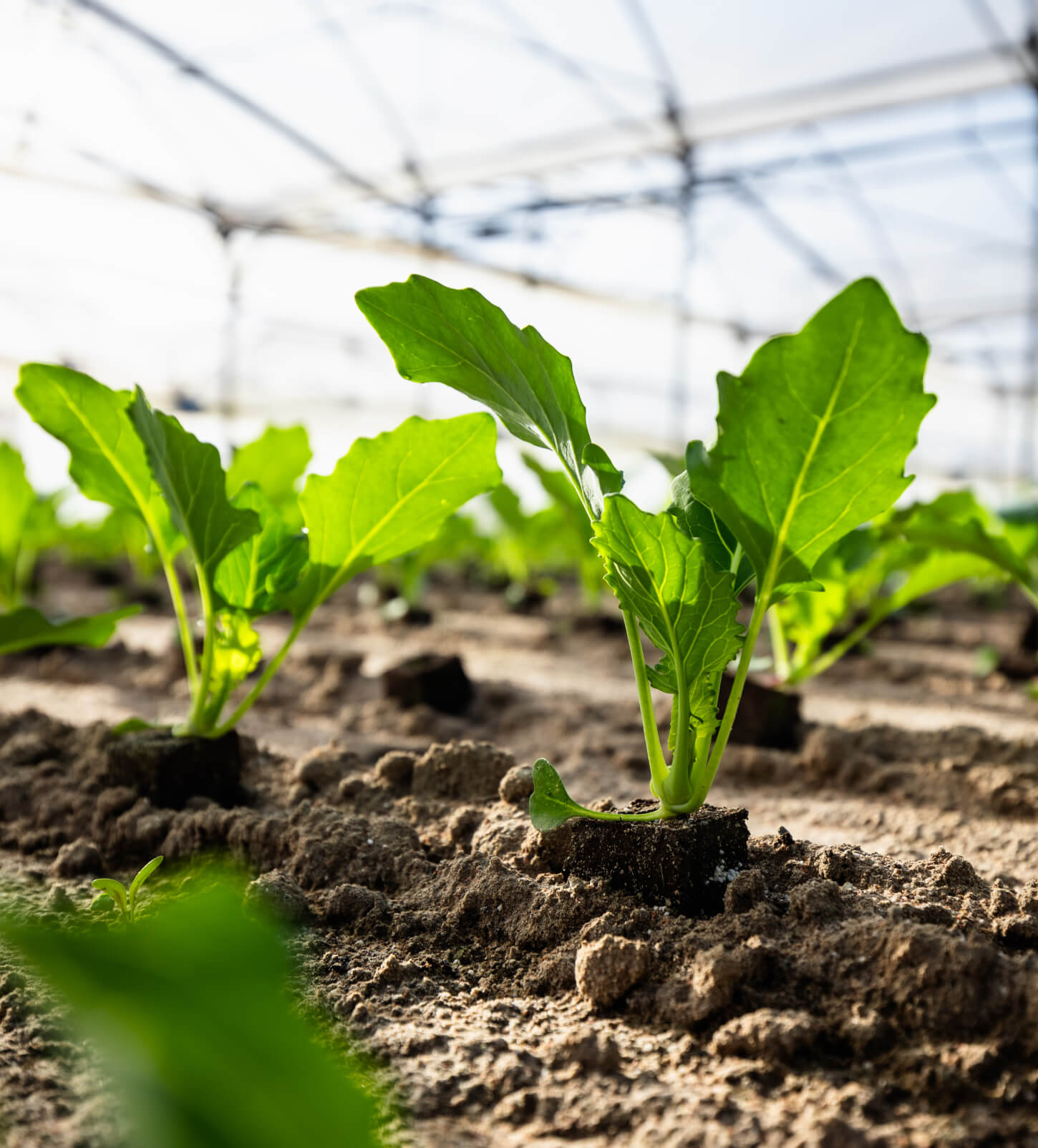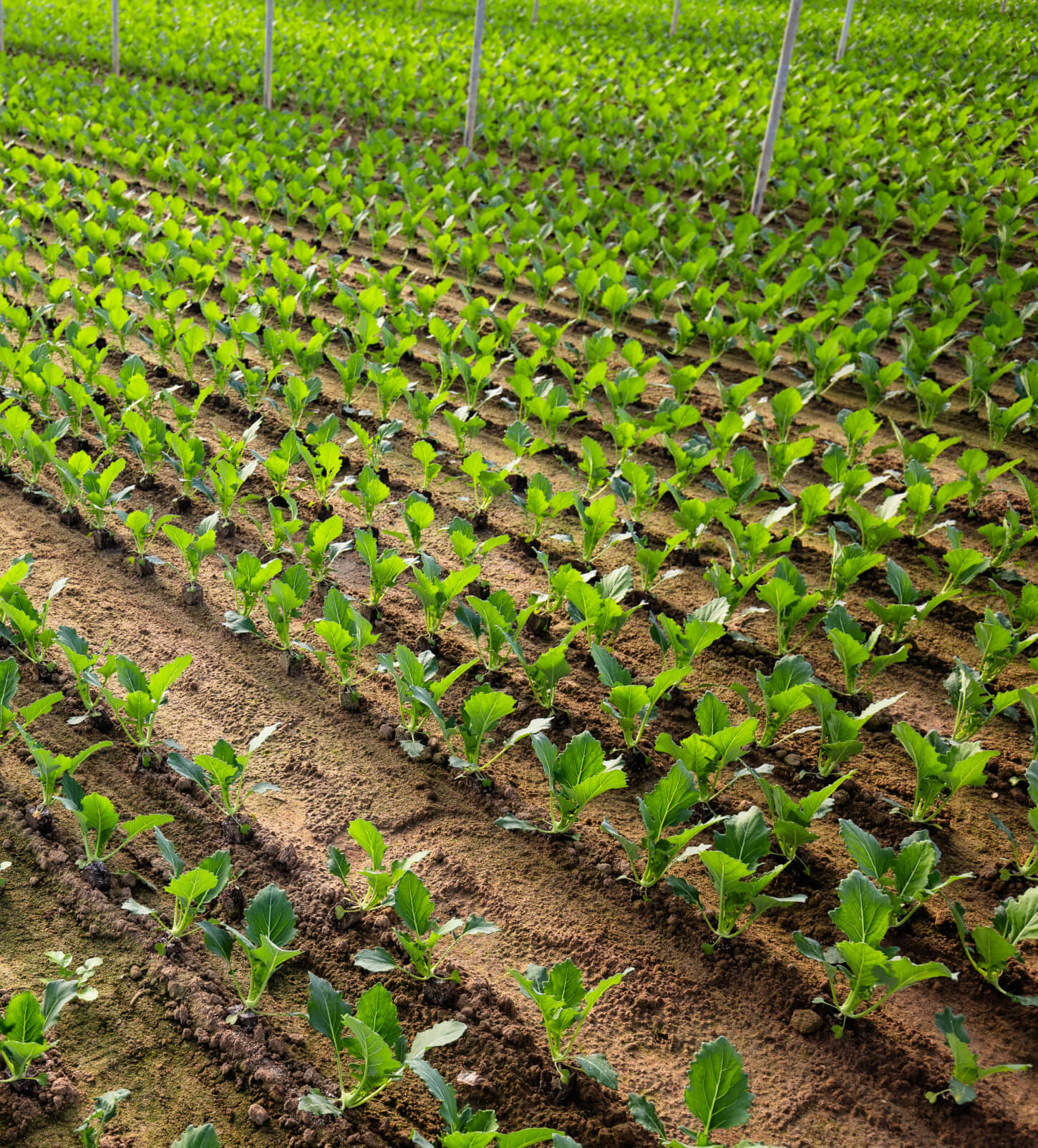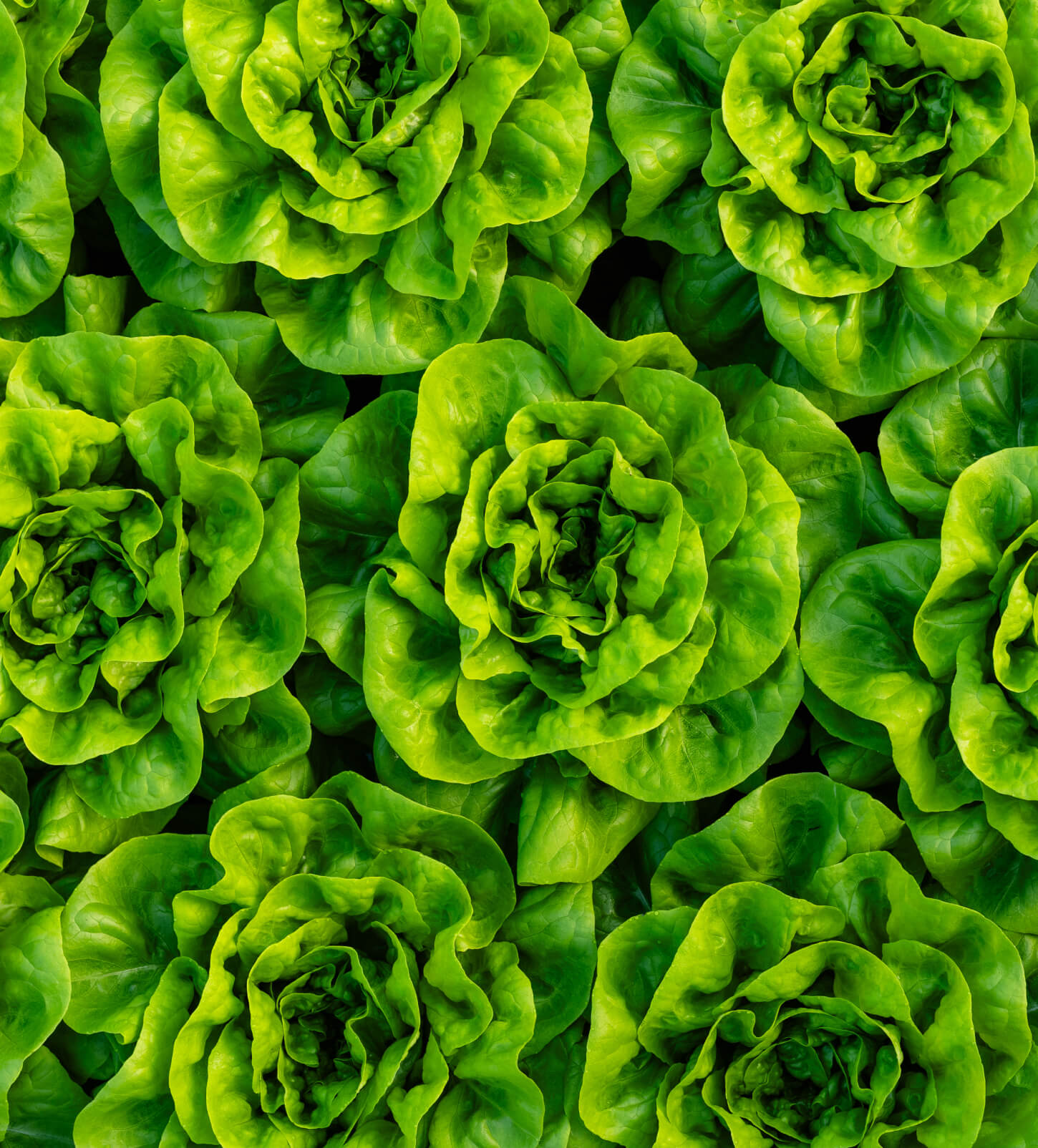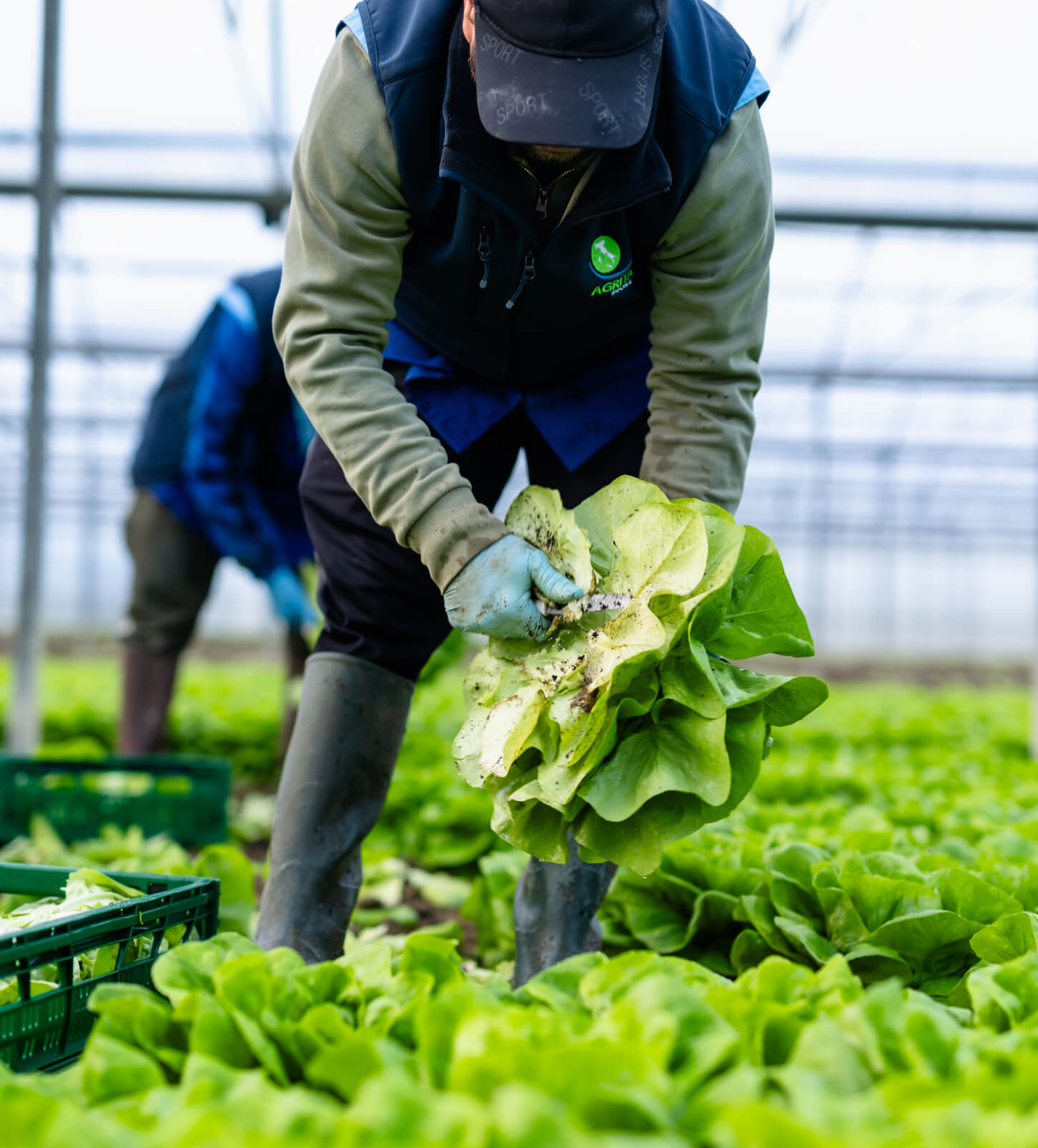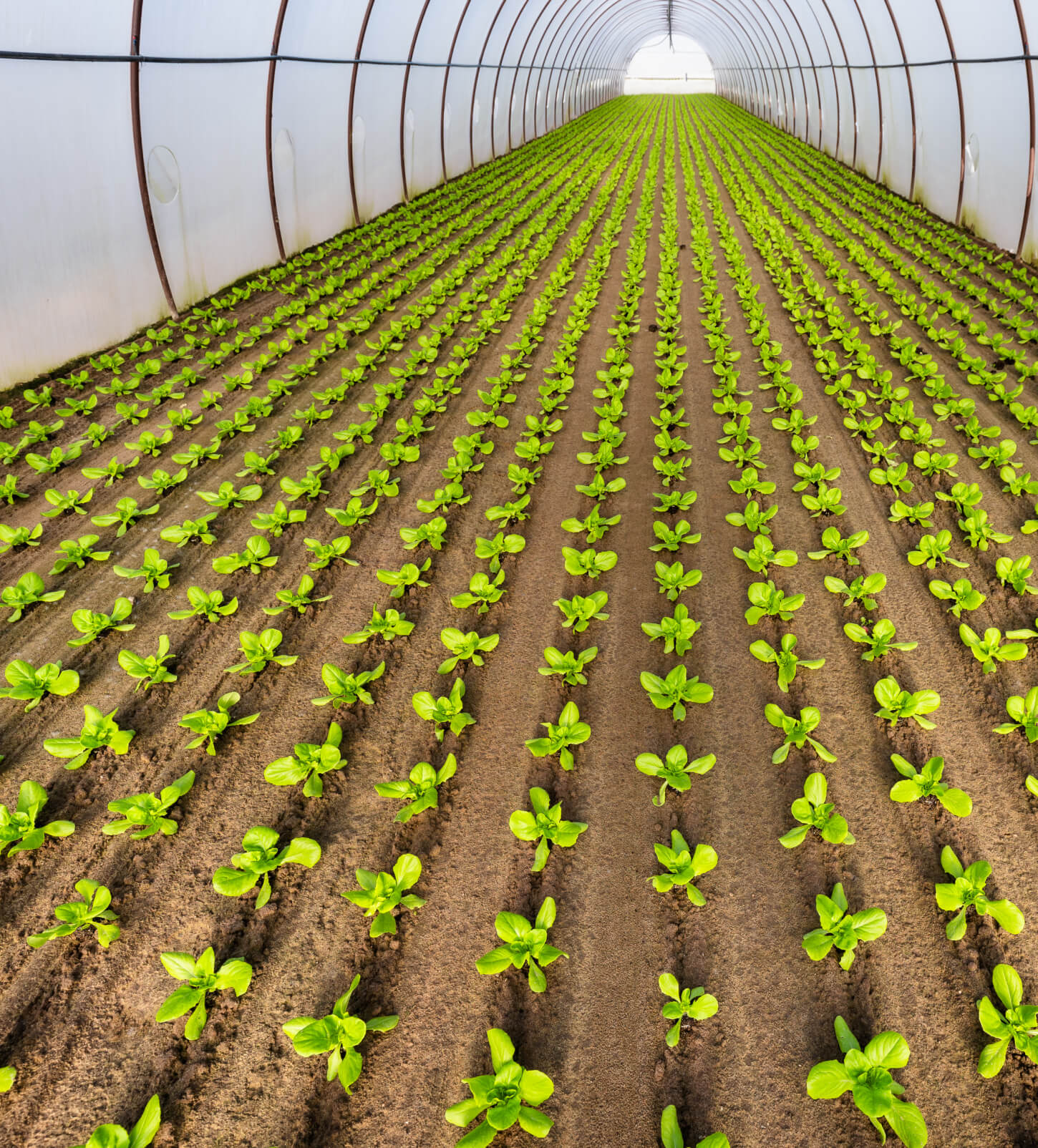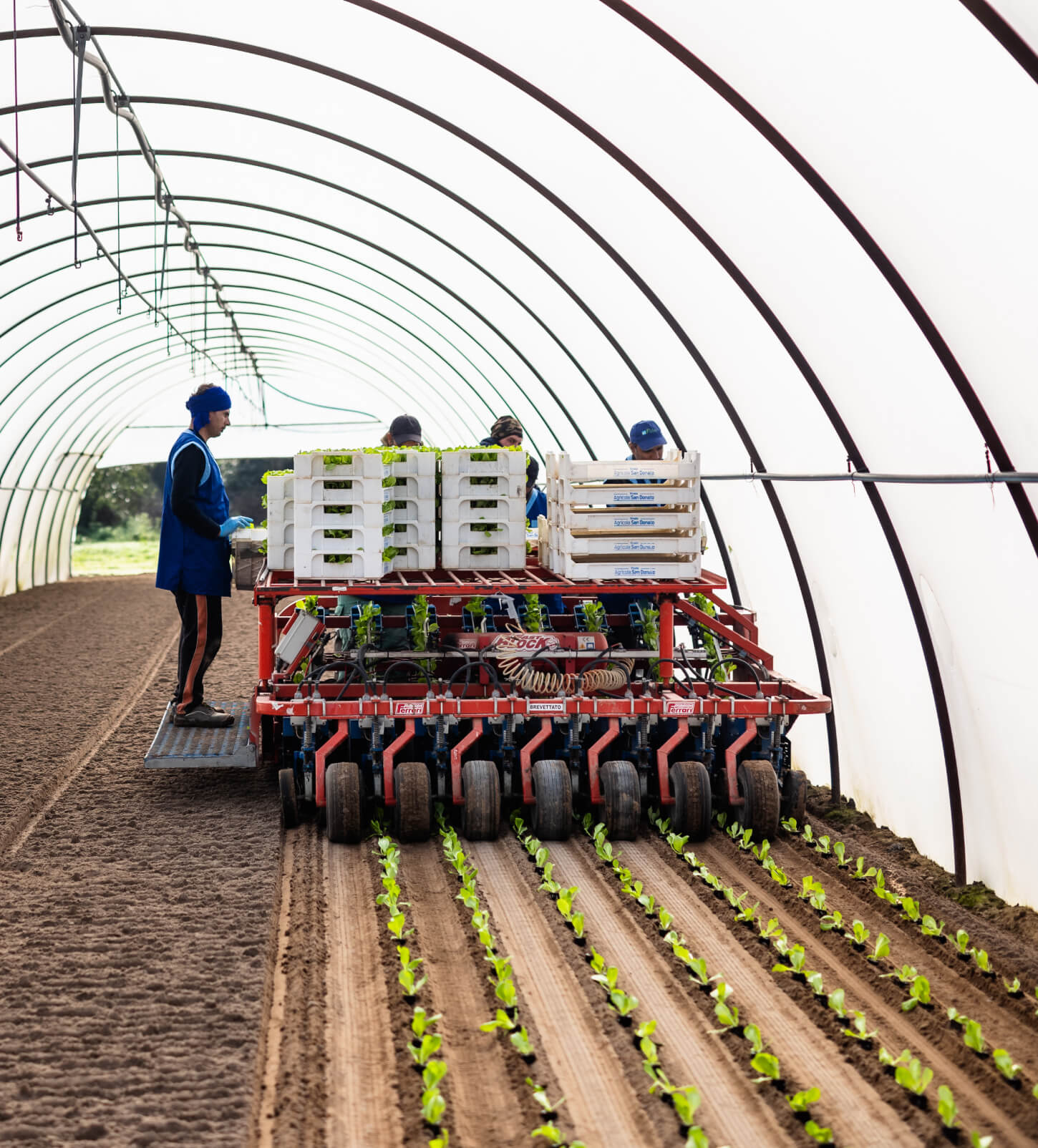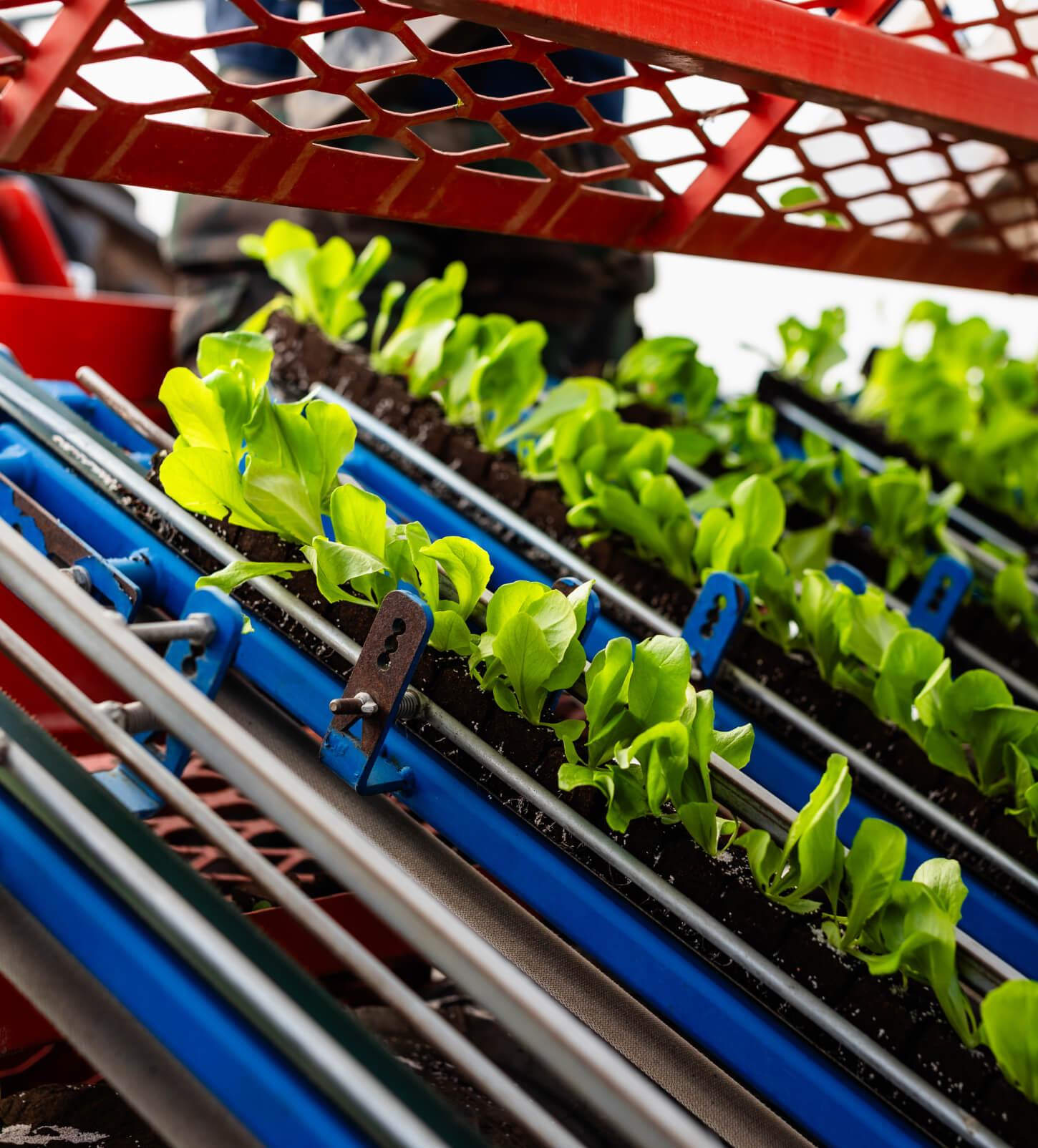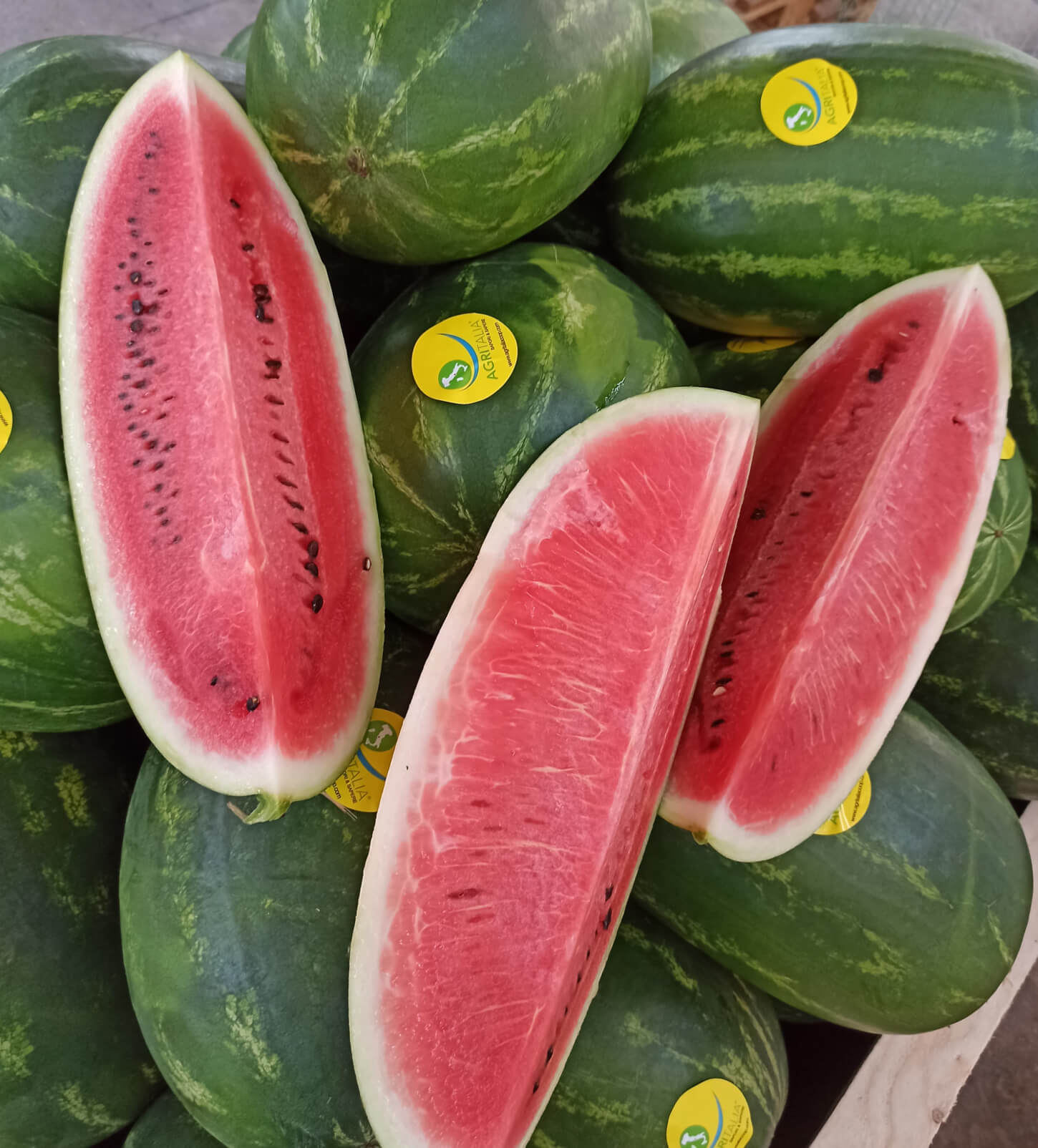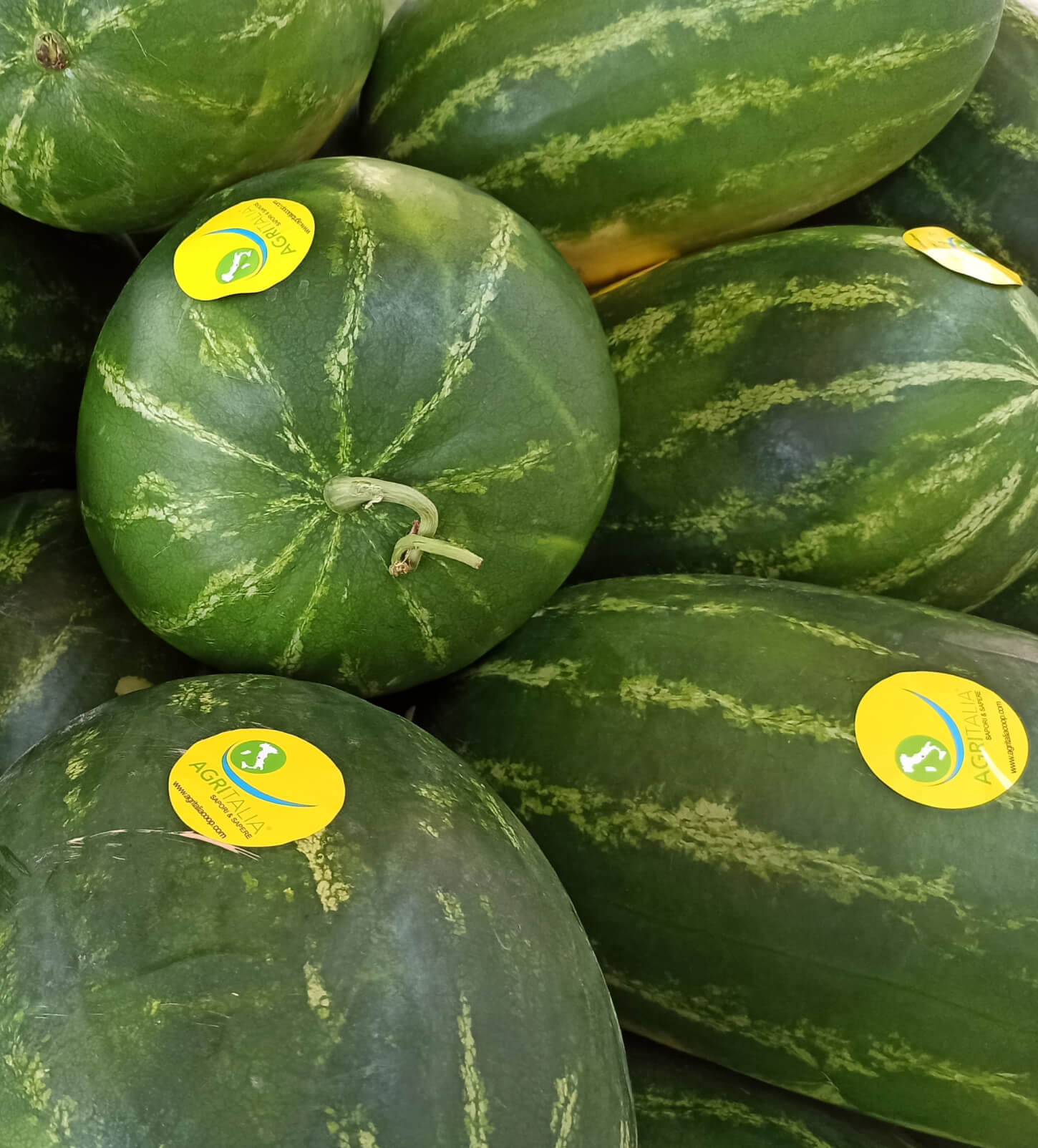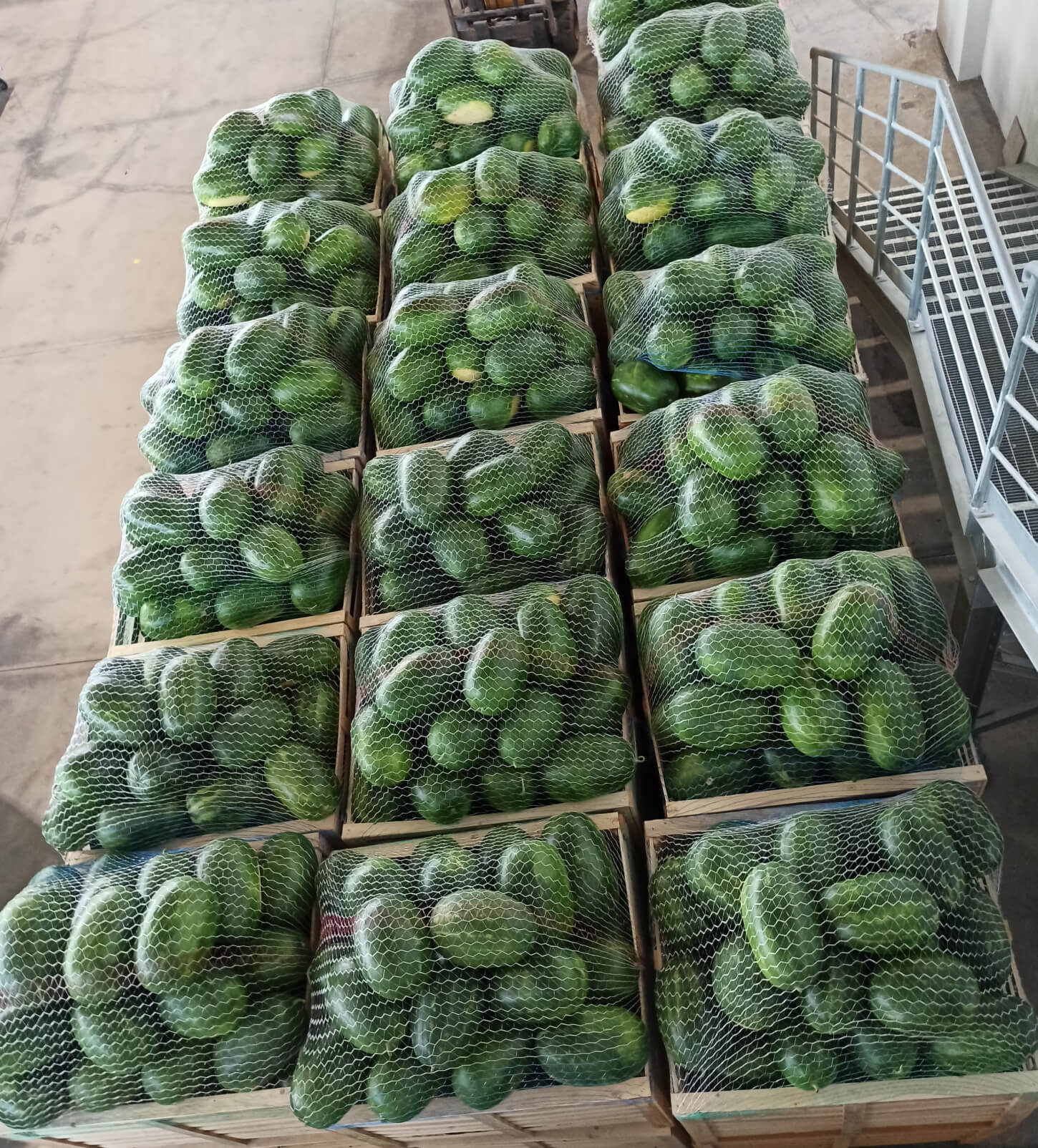Benvenuti nel cuore della terra
Coltiviamo
solo la bontà
La nostra missione è semplice come la terra: offrirvi prodotti agricoli di prima qualità, coltivati con passione e dedizione. Ogni passo è improntato all'eccellenza. Fate con noi un viaggio tra i sapori autentici della natura, perché da Agritalia coltiviamo solo la bontà che meritate.
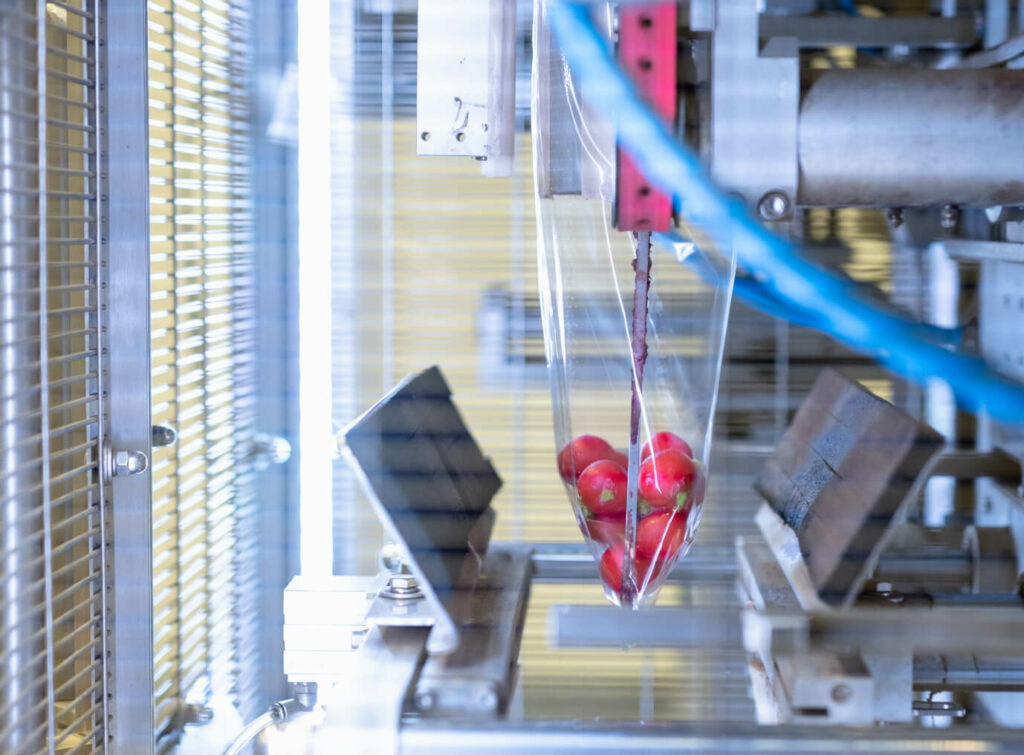
Il nostro
Ravanello Snack
Pratico
Se amate gli spuntini a base naturale, tenete sempre a portata di mano il nostro Ravanello Snack per placare la fame in modo fresco!
Dura a lungo
Se conservato con cura e attenzione questo prodotto può essere consumato anche fino ad un massimo di 10 giorni dall’apertura.
Diversi formati
Dalla confezione mini a quella più grande, il Ravanello Snack ha le dimensioni giuste per il tuo spuntino ideale.

Il nostro
Ravanello Snack
Pratico
Se amate gli spuntini a base naturale, tenete sempre a portata di mano il nostro Ravanello Snack per placare la fame in modo fresco!
Dura a lungo
Se conservato con cura e attenzione questo prodotto può essere consumato anche fino ad un massimo di 10 giorni dall’apertura.
Diversi formati
Dalla confezione mini a quella più grande, il Ravanello Snack ha le dimensioni giuste per il tuo spuntino ideale.
Ogni prodotto è il risultato di un impegno costante, la freschezza e il sapore si uniscono in un mix unico. Da campi curati con passione alle tavole che desiderano solo il meglio, Agritalia vi invita a scoprire i nostri prodotti, perché ogni pietanza comincia con la bontà della terra.
Dalla terra a voi
Dalla semina alla raccolta, ogni fase è gestita con cura per offrirvi prodotti che incarnano la genuinità e la sostenibilità di Agritalia. Benvenuti nel nostro mondo, dove la qualità nasce dal rispetto per la terra.
0


